Featured Articles
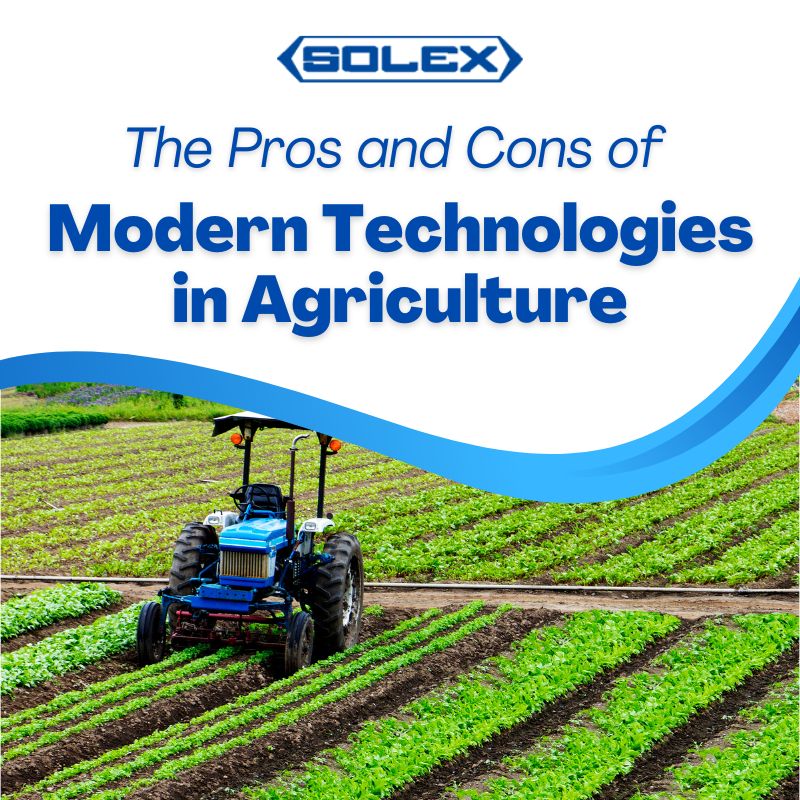
People in the farming industry are aware that there are good and not-so-good years. There are times when a lot of farmers are ready to give a hand and times when it is difficult to find help. That is why a growing number of farm operators are turning to technology to mitigate the adverse effects of farming labor shortages, which continue to be a persistent problem in the US agriculture industry up to this day. Read more...
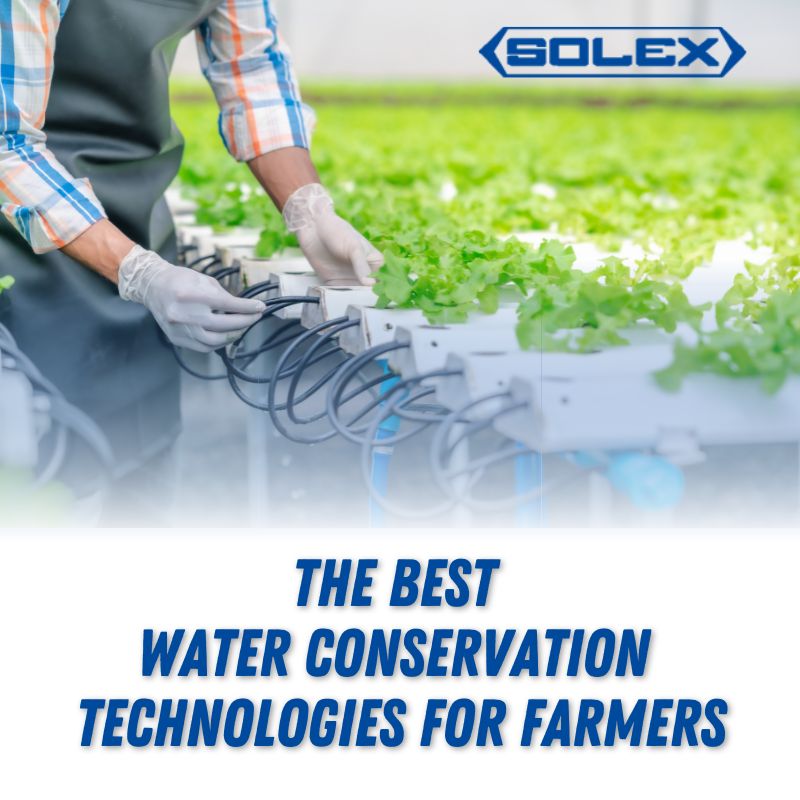
The US Department of Agriculture’s (USDA) Economic Research Service reports that agriculture accounts for 85% of the national water consumption. Water is an essential input for farming and agriculture and is crucial to food security. Per the World Bank report, 20% of the total cultivated land is run by irrigated agriculture, contributing 40% of the total food produced globally. Read more...
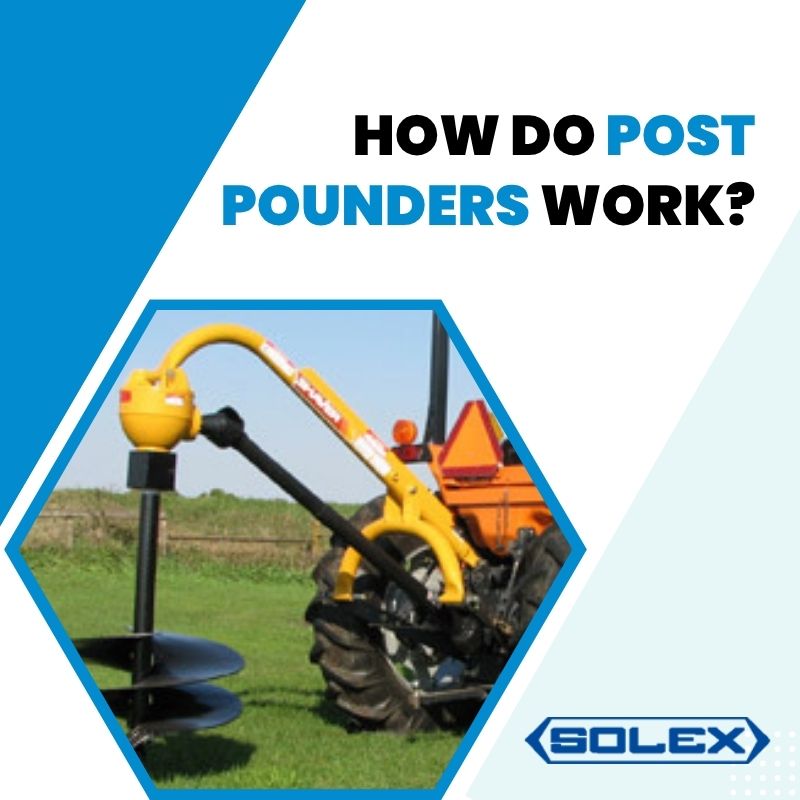
Post pounders go by many names – post knocker, post hole digger, and post driver. But despite the different labels, these machines serve the same purpose: to dig holes in the ground to erect fences or signposts. The post pounder is like many other power tools. This device has existed in one form or another for centuries but has modernized, motorized, and powered equivalent that requires less arm power and uses more ingenious engineering. Read more...
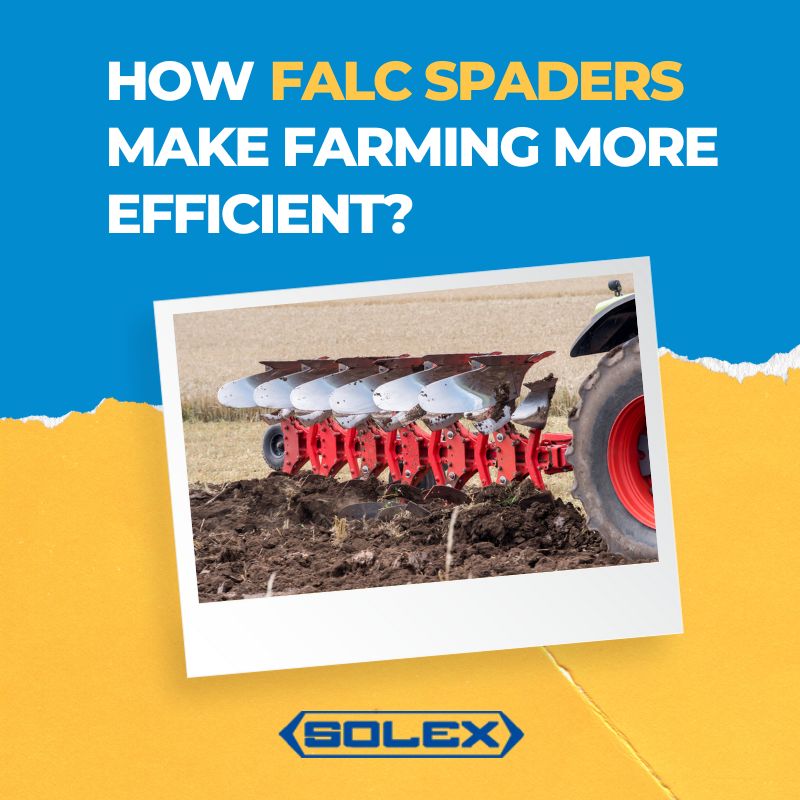
Cultivation is the preparation of the land for farming. Cultivating the land is important for the following reasons: It helps break up and loosen the soil’s dry crust on the surface, allowing air, water, and nutrients to penetrate deeper where the plant roots can access them. It makes it easier for the crop seeds to germinate through the soil’s surface. It eliminates the germination, growth, and spread of weeds. Read more...
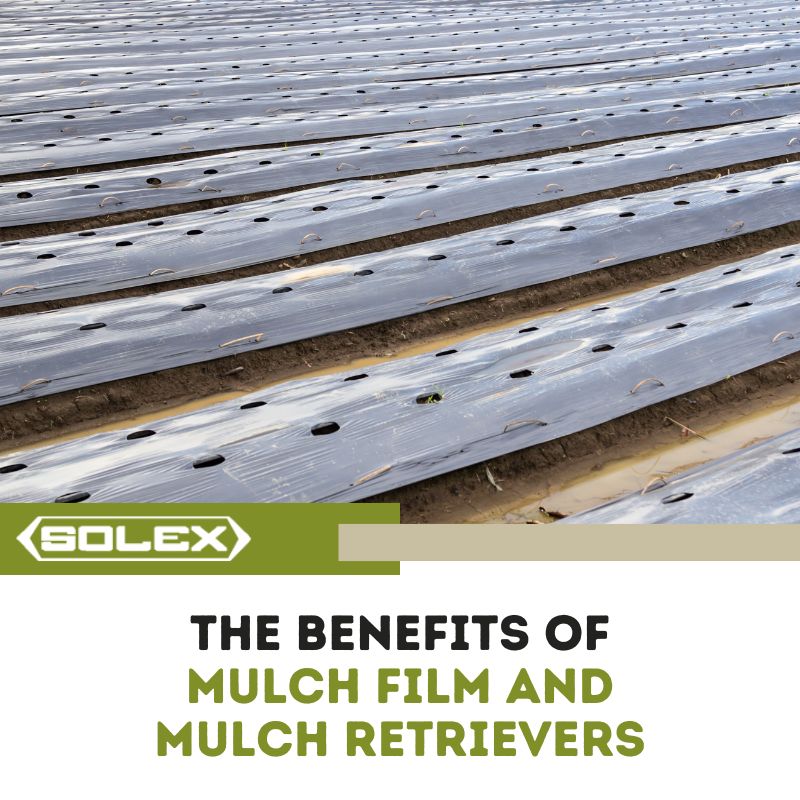
In agriculture, mulching has long been recognized for its numerous benefits, such as conserving soil moisture and suppressing weeds. However, the introduction of mulch films and mulch retrievers has transformed this practice, making it more efficient and sustainable to the forefront. In this article, we will further explore the world of modern mulching techniques and learn the advantages that mulch films and retrievers offer to farmers. Read more...
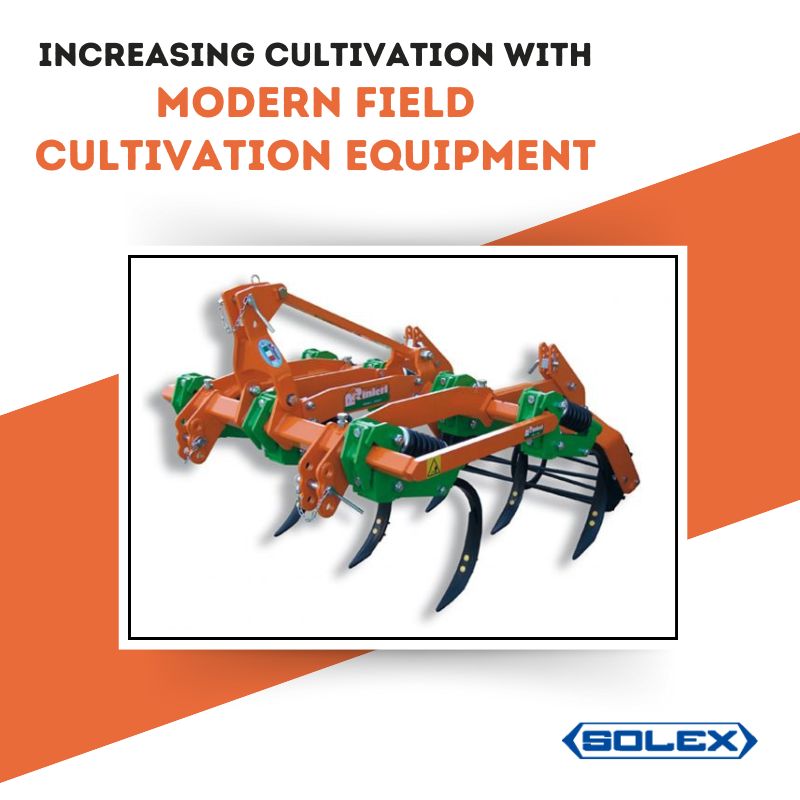
The agricultural landscape has undergone a significant transformation with the advent of modern field cultivation equipment, marking a new era in farming efficiency and productivity. This shift from traditional methods to advanced machinery has not only streamlined farming operations but also opened new horizons in terms of crop yield, soil health, and sustainability. Read more...
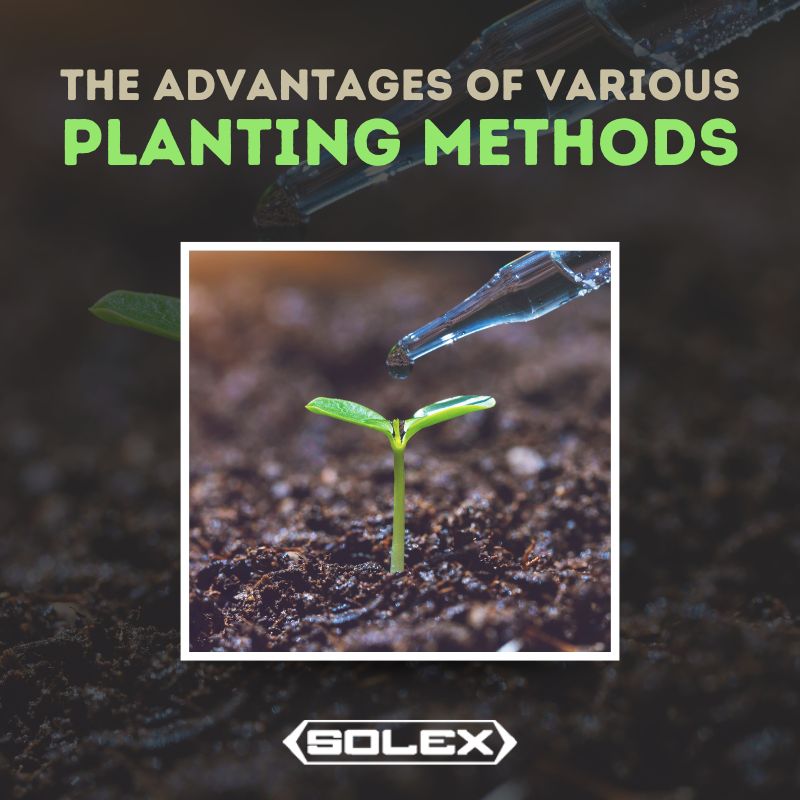
Numerous planting methods have been developed and used over the years, and some of these methods are easier and simpler than others. However, the convenience of using a specific planting method would often rely on how much the farmers have already gotten used to the method, as well as how easy the steps are to follow. For farmers that own multiple farms or agricultural businesses, the planting methods they use and different kinds of farming equipment would also depend on how quickly they can plant and grow crops and how much time, effort, and money would be needed to follow a certain method. Read more...
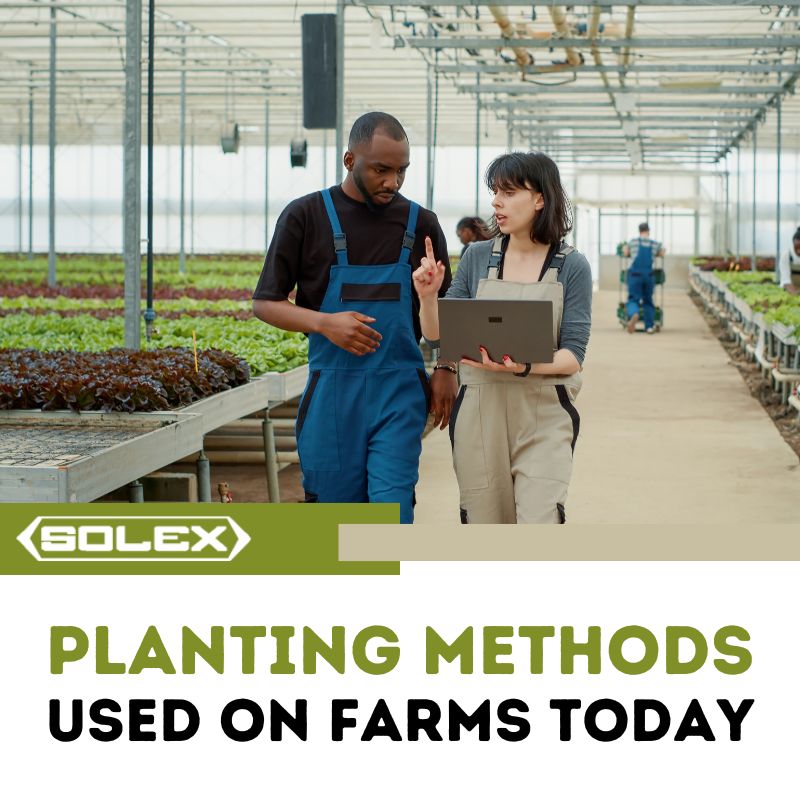
Planting crops may look simple at first glance, but various processes and methods are involved for the crops to grow properly. Numerous methods have been developed over the years when it comes to planting crops, and most farmers prefer one method over the others simply because they have become used to it or it is the most effective to use in the location and environment of their farms. Read more...